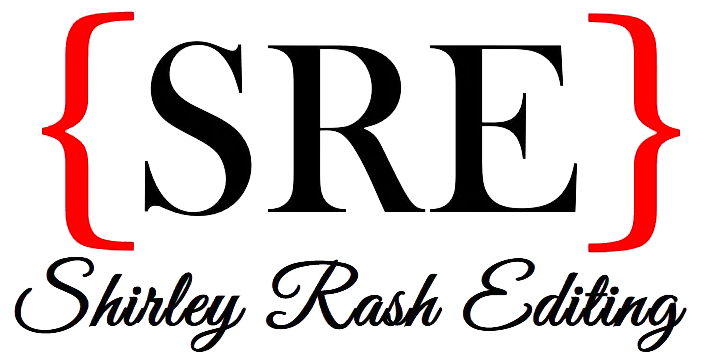Last time, we talked about higher-order concerns—all those big-picture aspects of a manuscript, such as organization, theme, argumentation—but this time we’re looking at the editing services that address lower-order concerns. Essentially, these are any and all sentence-level issues: style, grammar, punctuation, spelling, etc.
As I mentioned in my last post, when I worked at a college writing center, most of our student clients were far more interested in getting feedback on lower-order concerns than higher-order concerns, so we often had to guide them toward seeing the value in talking about things other than commas. We certainly talked about rogue commas, too, but not at the expense of larger issues in their papers.
I’ve not personally encountered this issue as an editor. Most of the authors I work with are well aware of how valuable it is to receive feedback on both higher-order and lower-order concerns and don’t need to be convinced of the merits of either one. They’re more likely to be unsure of exactly what each service entails and when they need it.
It can be a little overwhelming to wade through, so this post is going to talk about the two most common ways editors address lower-order concerns in manuscripts—line editing and copyediting.
Continue reading
